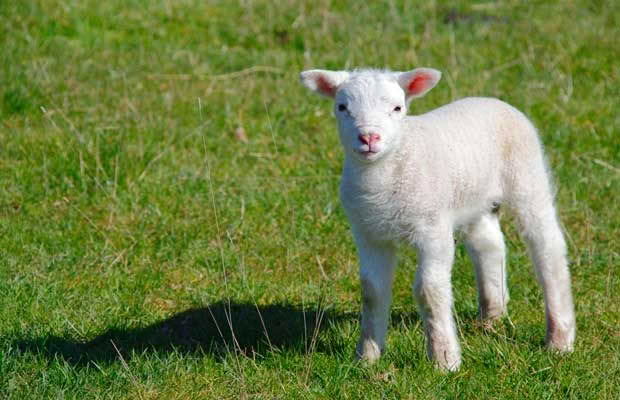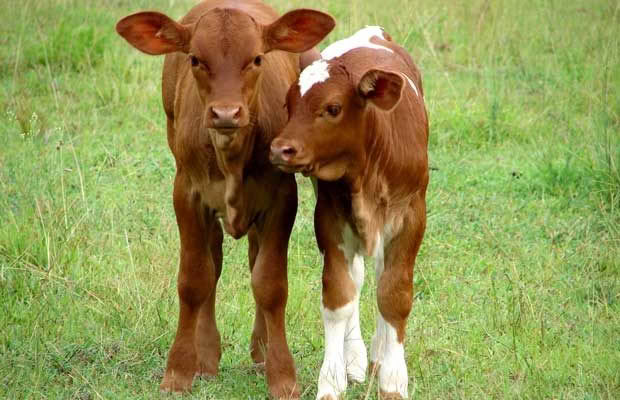How to care for your sheep and cattle this spring

It’s time to prepare for lambing and calving season.
Words: Nadene Hall
SHEEP
• Feed concentrates to any pregnant ewes not at the optimal lambing score (at least grade 3 on the 0-5 body condition scale). Give extra feed and care to ewes carrying multiples (if scanned) or that look heavily pregnant. Avoid stressing them.
• Take care of hazards in lambing paddocks, like holes and unprotected troughs. Remove afterbirths.
• Put covers on all multiple lambs.
• Have colostrum (sheep, cow or powdered) on hand in case of orphans or triplets.
• Check newly-lambed ewes have clear teats and good milk flow. At dusk, check to see all lambs have full bellies.
• Lambs are valuable so be on the watch for thieves and stray dogs.
Always check that a lamb has fed
You may see a lamb following its mother and that she’s stopping to sniff it. However, these signs are no guarantee the lamb has had a decent feed.
Exposure and starvation are the main killer of lambs. It’s vital to check that each ewe’s teats are working which means catching them to check.

Don’t assume a lamb nuzzling below a ewe with wagging tail has found a teat and is feeding. Keep checking that all lambs (especially multiples) are full – they’ll have round lower bellies.
CATTLE
• Get calving gear ready ahead of time and always seek early veterinary help if you think there is a problem.
• Have plenty of colostrum available to provide at least 2 litres in the first six hours of life. Get new calves off muddy paddocks and treat navels with iodine.
• Don’t drench young calves still on milk for worms but do check them for lice.
• Keep checking udders for quarters not being sucked out and any damage to teats. Mastitis will show as red, hot swollen quarters.

• When feeding hay or silage, make sure it’s not being wasted and don’t feed out old mouldy silage or hay to any stock.
• Keep all water troughs clean.
• Stand cattle on a dry feed pad during and after heavy rain, one which complies with effluent disposal rules.
• Double check the voltage of electric fences on the boundary to prevent unwelcome visits from neighbours’ bulls.
• Use rubber rings to castrate bull calves before they reach six weeks of age.
• Dehorn all calves before six weeks; use an anaesthetic. Only buy calves that have been properly disbudded.
• If you have not reared calves before, seek good advice before you begin as it is difficult to make it profitable (see tips below).
THINKING OF REARING CALVES FOR PROFIT?
Buying calves to rear on milk replacement products requires a lot of planning. It can easily go wrong and become uneconomic.
If you are new to it, don’t buy more than 10 calves. Buy them direct from one source. Buying a few at a time from the saleyards risks disease, and you won’t know if they have had enough colostrum.
Don’t buy early calves at silly prices either. Wait until the spring flush is over, then do a detailed budget (including your labour charges) to see if it’s worthwhile.
Dairy weaner sales start in October in the North Island. Buying weaners (which no longer need milk) on a cents/kg liveweight basis is often a better option than rearing your own if you want to grow them on for beef.
Only buy weaners that have been properly dehorned with a cauterising iron, as vet fees for dehorning later will add to your costs.
Never dehorn calves with caustic paste as it can burn the skin and may not do the job effectively. Talk to your vet.
Love this story? Subscribe now!
 This article first appeared in NZ Lifestyle Block Magazine.
This article first appeared in NZ Lifestyle Block Magazine.
